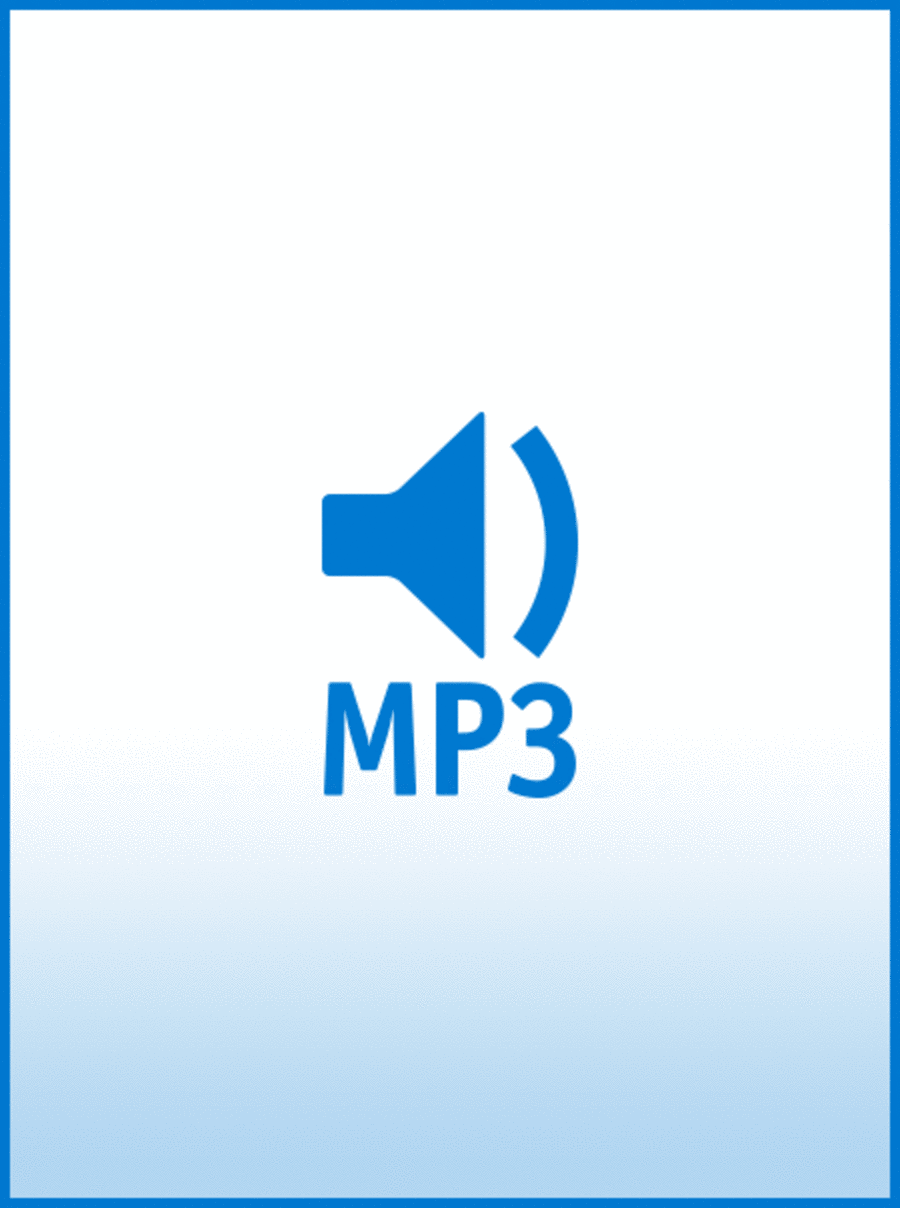Choral Accompaniment Only,Choral - Digital Download SKU: HX.1242621 Composed by Patricia Mock. Arranged by Charles McCartha. Christian,Concert,Hymn,Inspirational,Praise & Worship,Religious,Sacred. Duration 188. Hal Leonard - Digital #346758. Published by Hal Leonard - Digital (HX.1242621).
